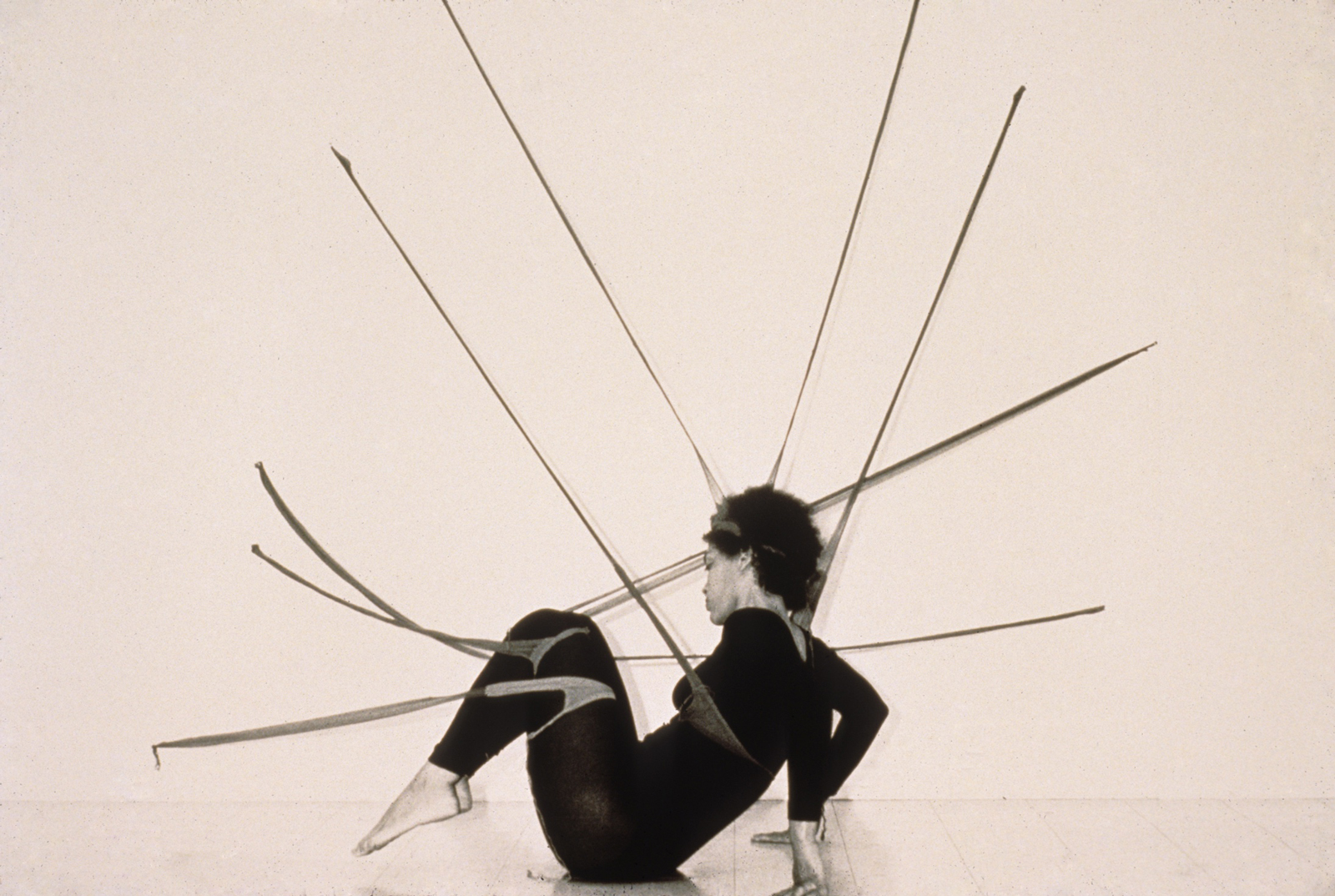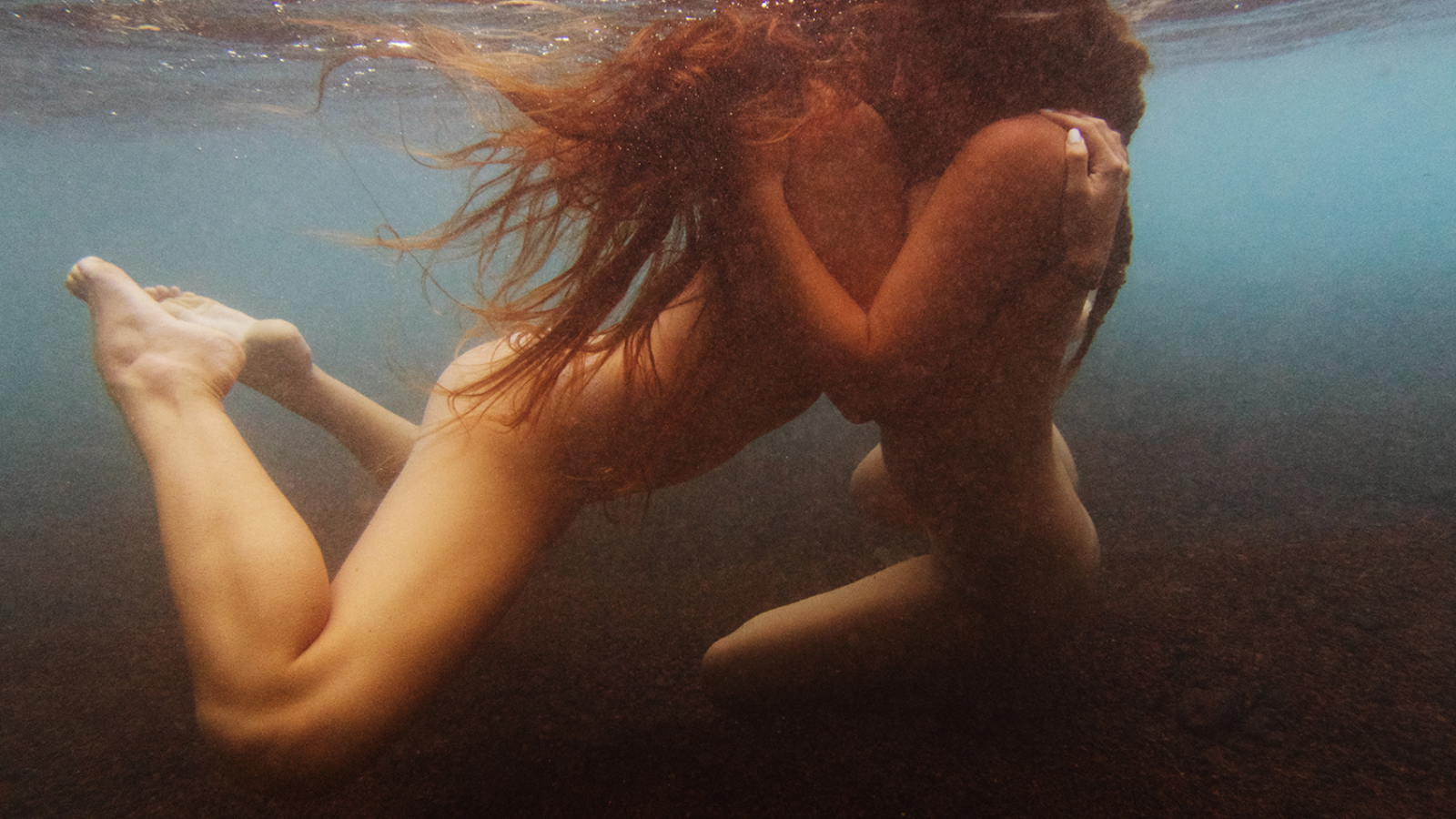Photos and video by Monica Uszerowicz and Jen Clay
Text by Monica Uszerowicz
In Paul Foster Case’s The Tarot: A Key to the Wisdom of the Ages, an eponymous and preeminent guide to the tarot-as-scholarly-study, he touches on the nature of the deck’s occult symbology—its veiled, oft-impenetrable mystery which can be, admittedly, aesthetically obtuse. Even our largest languages, he explains, draw their vocabularies, both abstract and concrete, directly from the field of sensory experience. “This is because language fails whenever one attempts to use it to represent experiences which go beyond the range of physical sensation,” he explains. “This is why mystics and seers are forced to resort to symbolic uses of language. It is not that they are trying to hide anything. The truth of the matter is that ordinary speech will not serve to convey this kind of experience from one mind to another.”
However unwittingly, this was the clear ethos for the heavily symbolic Underwater Opera, a self-described “thickly dynamic landscape of kinetic subjects/objects and non-narrative flows through Atlantis-as-RI’yeh that evangelize Post-Ecological Collapse and long for Submersion into a proliferatingly Uncanny Other.” Part of Miami Light Project’s Here and Now Festival—an annual week-long series of performances by emergent local artists—Underwater Opera was directed by a massive roll call of artist-turned-aquatic-humanoids who starred in the piece as well: Liz Ferrer, Kalan Sherrard, Jen Clay, and Poncili Creacion—a Puerto Rico-based multimedia collective. Scored by Ron Shalom, the live soundtrack was as eerily cathartic as the theme, primarily performed by Eli Oviedo, Dorys Bello, and a teary-eyed Juju Pie, though that, too, was subject to abstract inclusion: noise-godfather Rat Bastard and a host of others made cameos throughout the week.
Underwater Opera cites Cthulu and the Aquatic Ape Theory as influences, but really, beyond its confirmation that the blackness of the ocean is even spookier than that of outer space, the piece might really be an examination of the future: whether by eschatological disaster or a widespread lack of concern for the environment, the logical conclusion of land might be water. A poem by Sherrard, left on each theater chair for viewers to read, examines this maybe-future, never classifying it either ominous or hopeful. It ends: “In the beginning, as in the end: water, water everywhere.”

